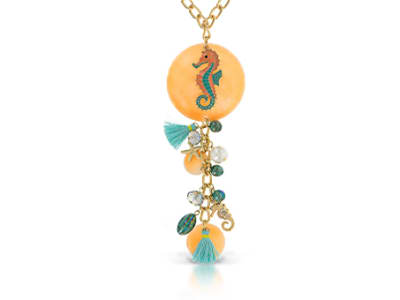Capiz Shells come from the province of Capiz and the island of Samal in the Philippines. The shells are often called windowpane oysters because they have been harvested for thousands of years for use as windowpanes. Capiz shells are also used today in chandeliers, lampshades, decorative objects, clothing decoration and jewelry. The shells are translucent in their natural state and turn opaque when heated. When shells are heated for longer periods of time, they turn a smoky brown color. Shells are also dyed fashionable colors.
General Information
Capiz Shell Colors
-
 Bi-color
Bi-color -
 Black
Black -
 Blue
Blue -
 Brown
Brown -
 Gray
Gray -
 Green
Green -
 Multi-color
Multi-color -
 Orange
Orange -
 Pink
Pink -
 Purple
Purple -
 Red
Red -
 White
White -
 Yellow
Yellow
Alternate Names
Windowpane oyster
Countries of Origin
Unknown; Philippines
Care
Shell is very soft, so be mindful of scratching. Avoid sudden temperature changes, chemicals, and ultrasonic cleaners. In addition to above precautions: avoid perfumes, and hairsprays.
